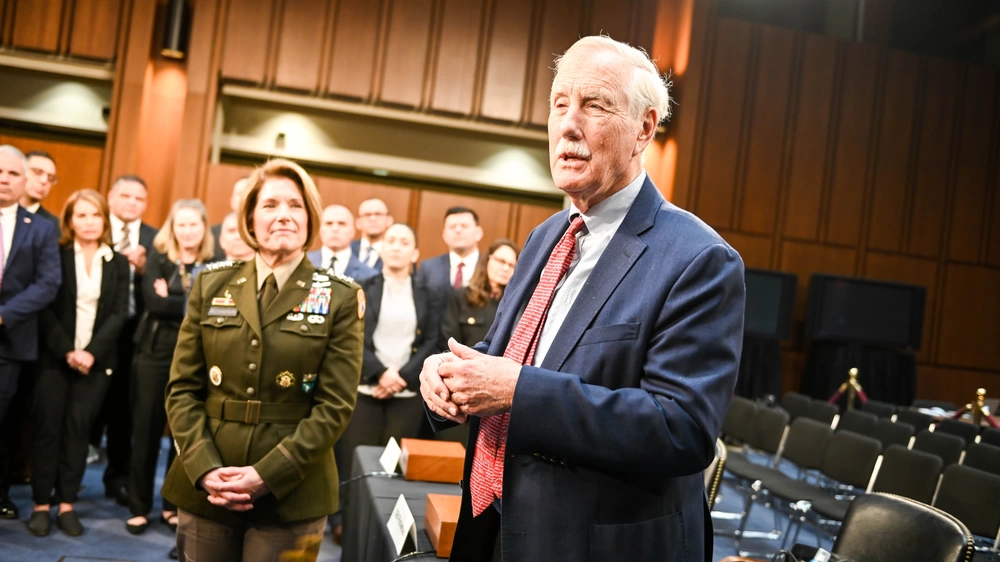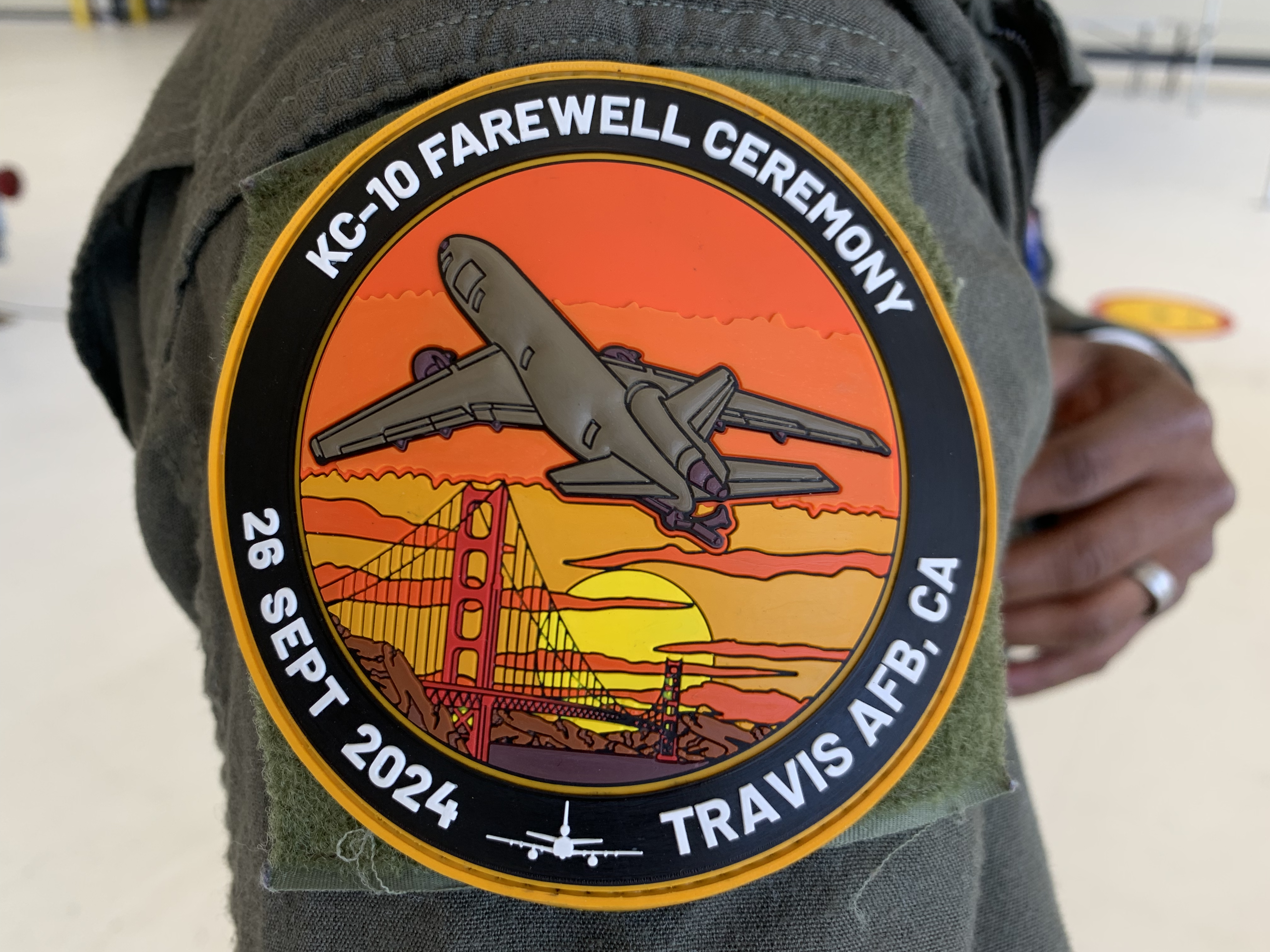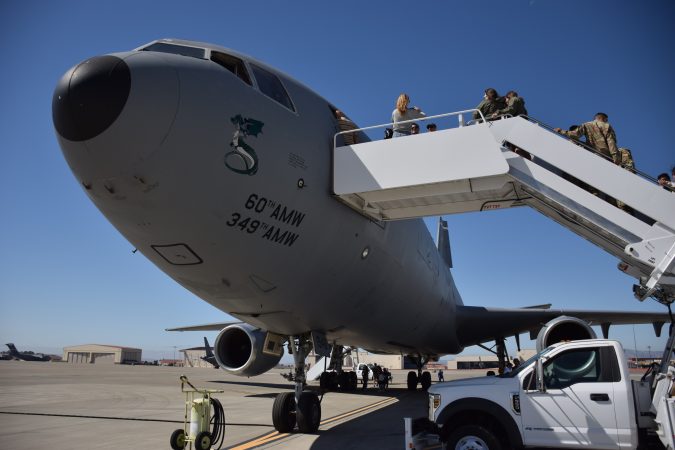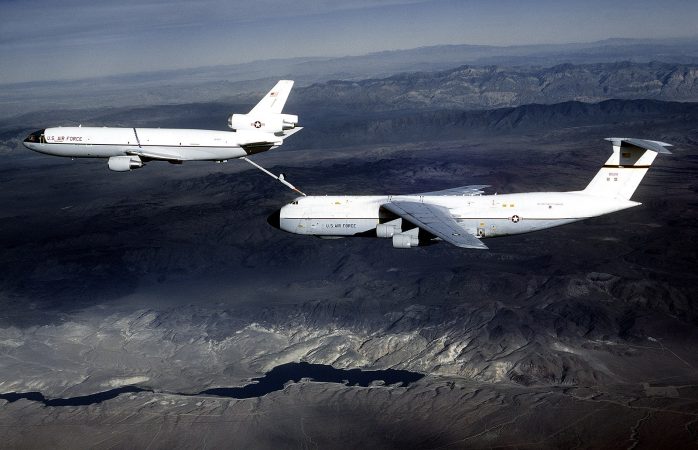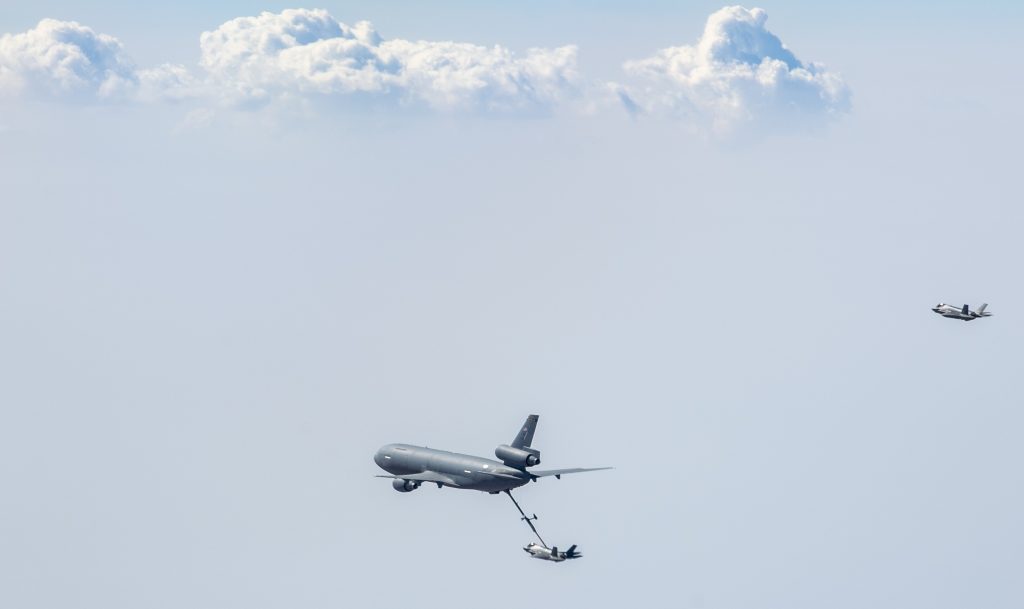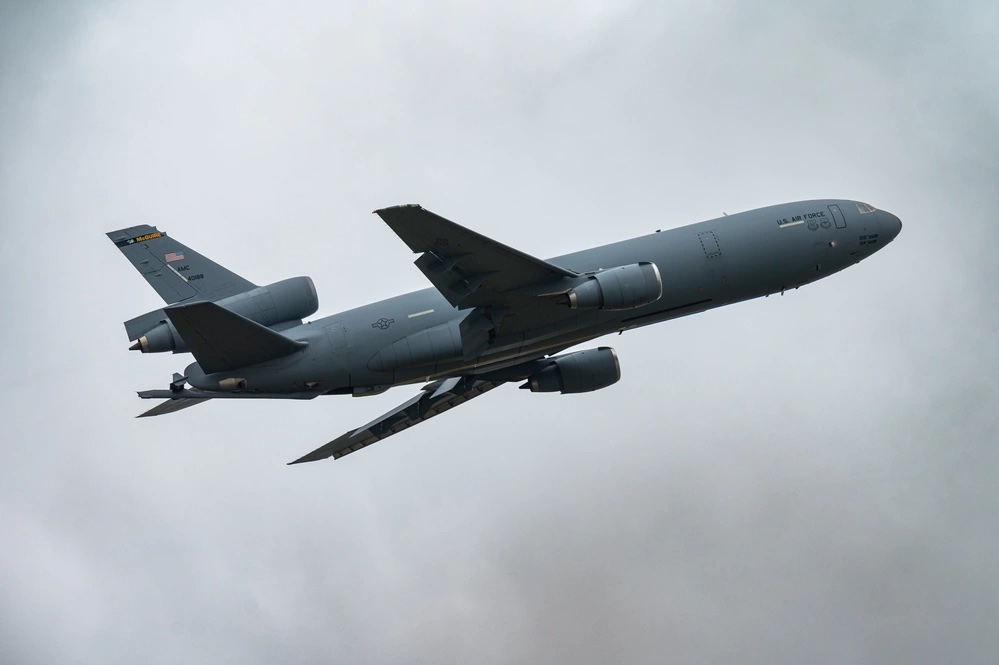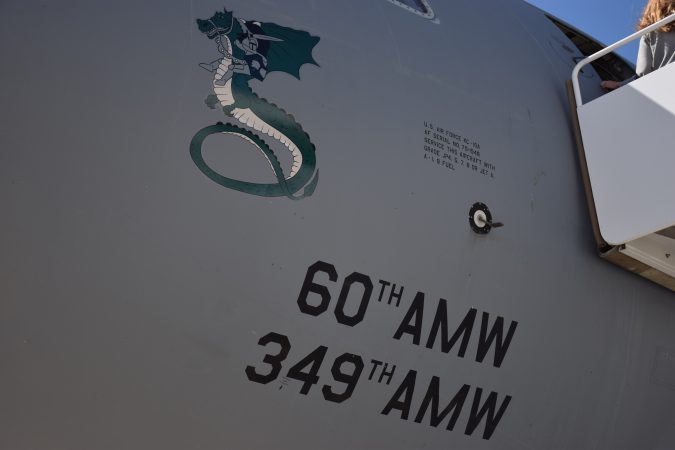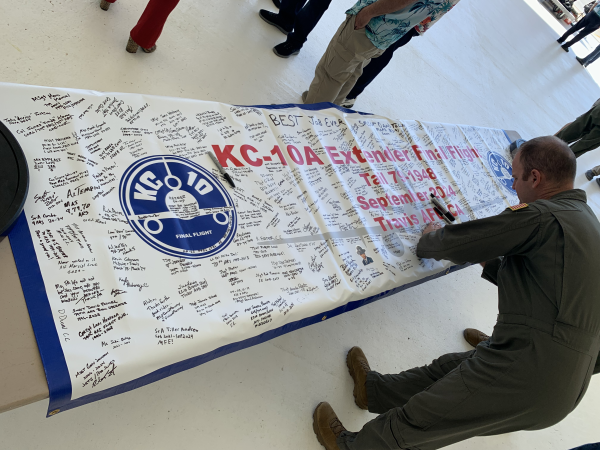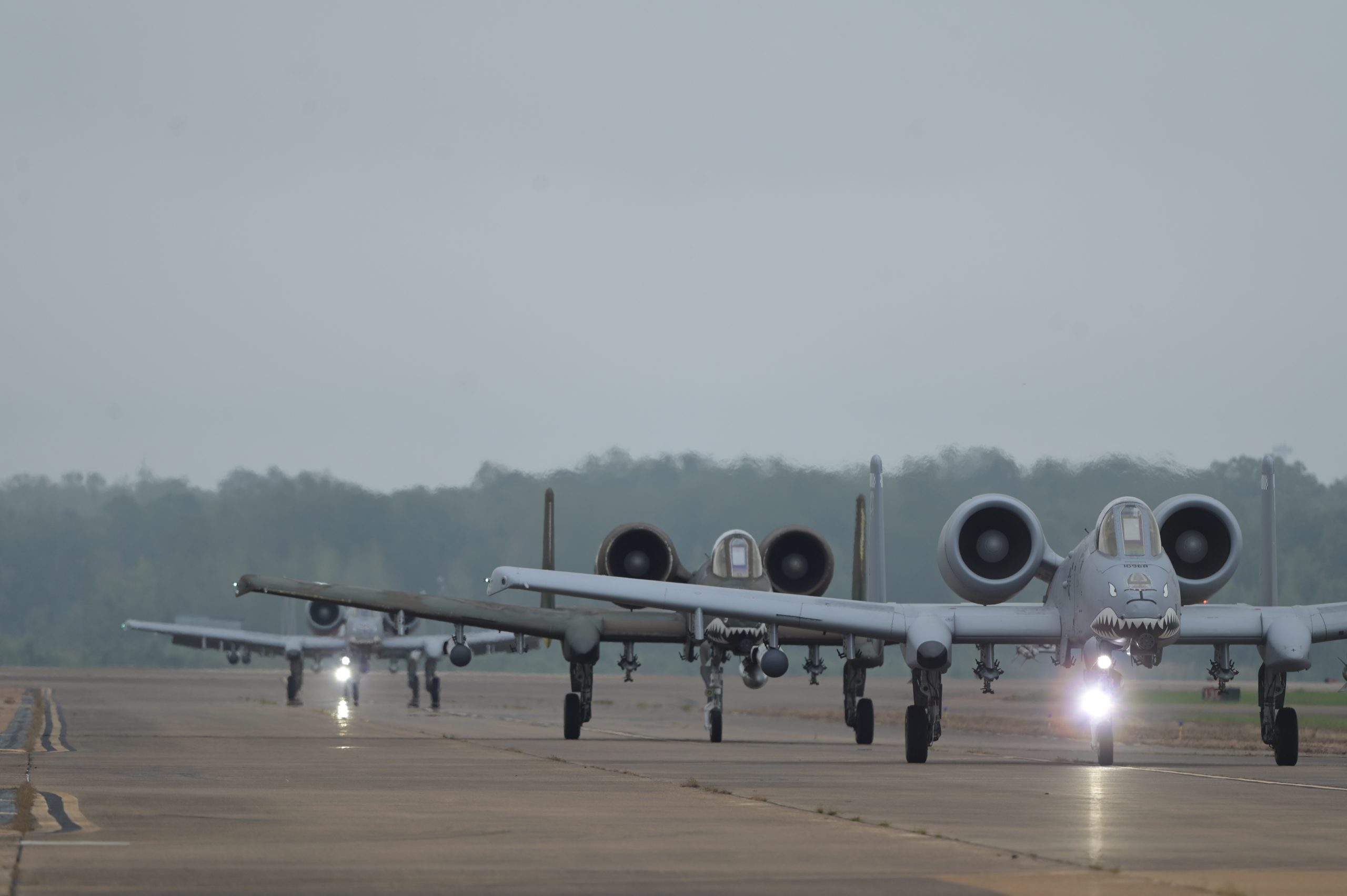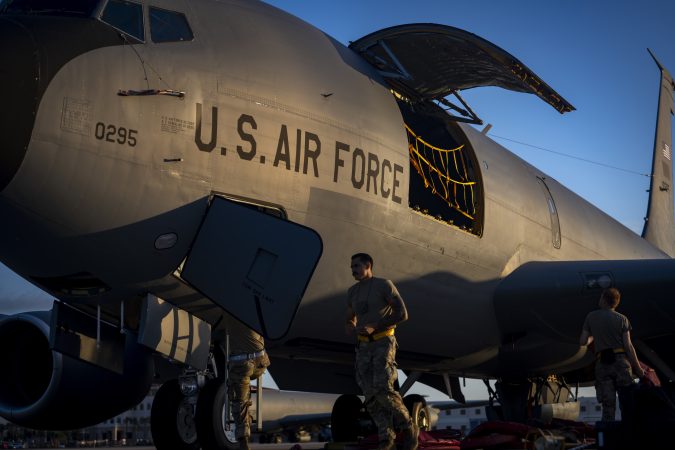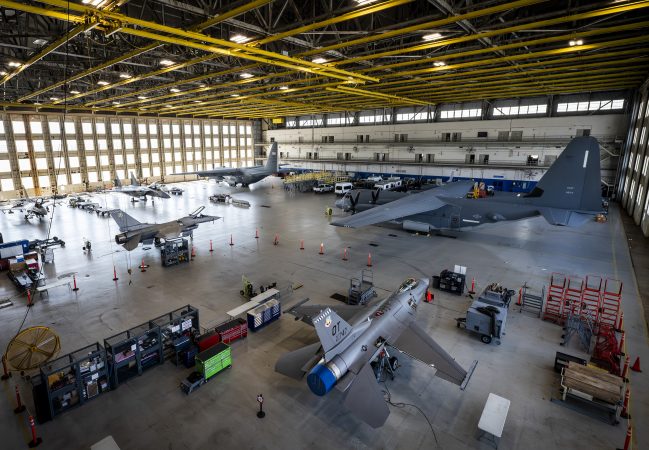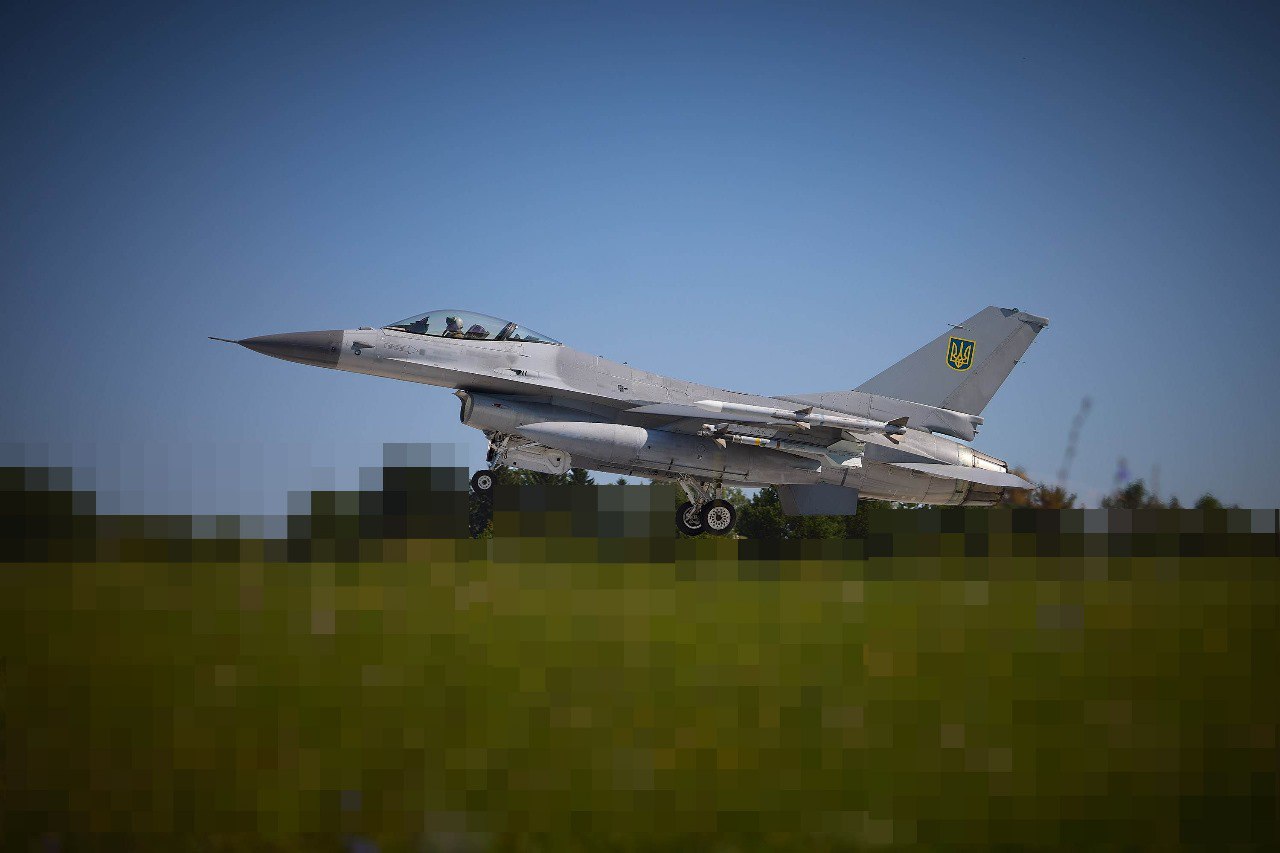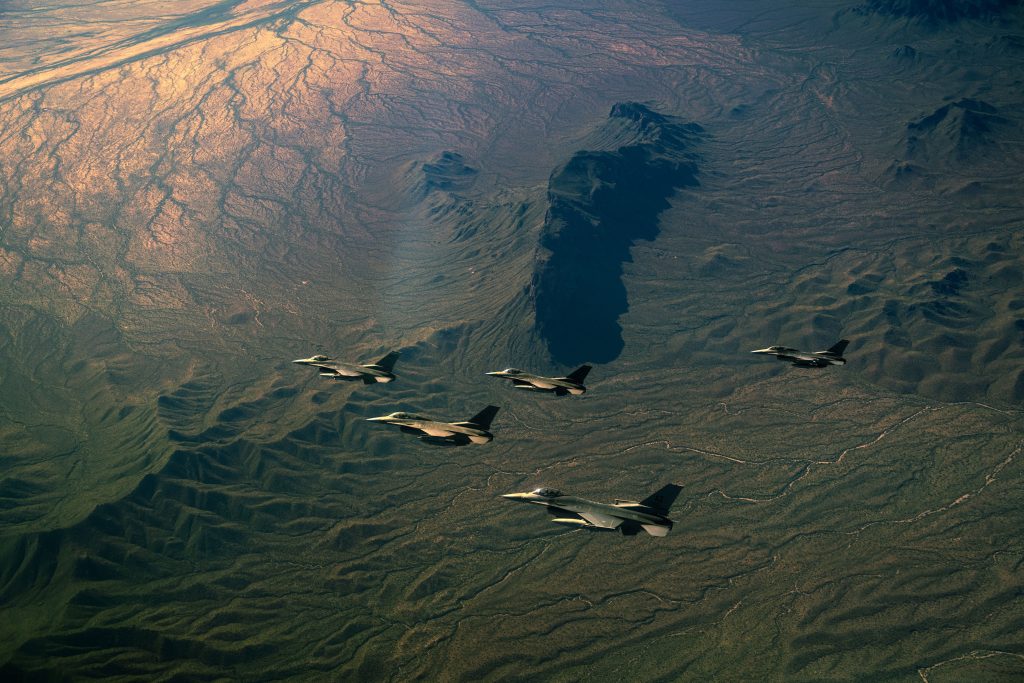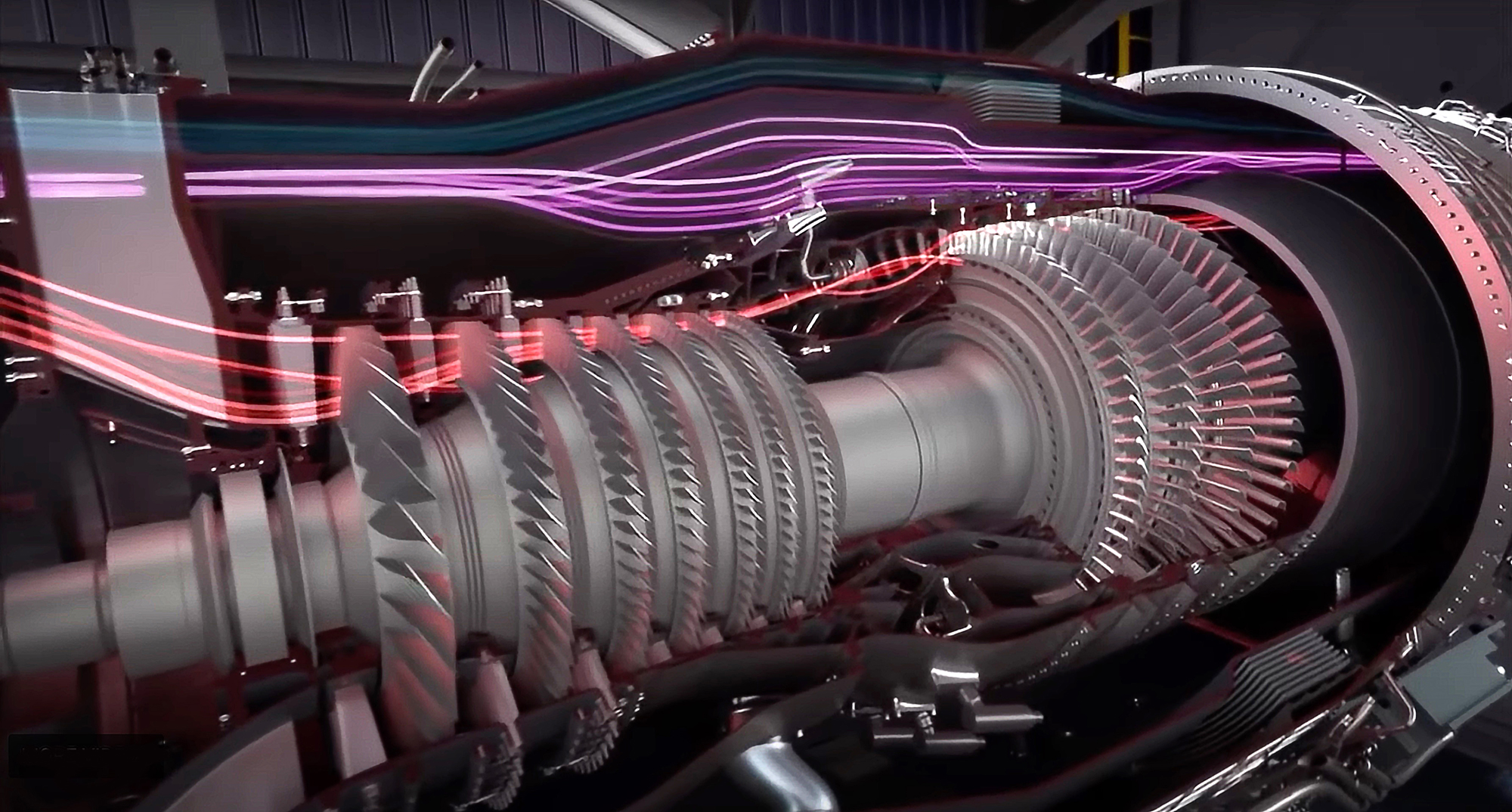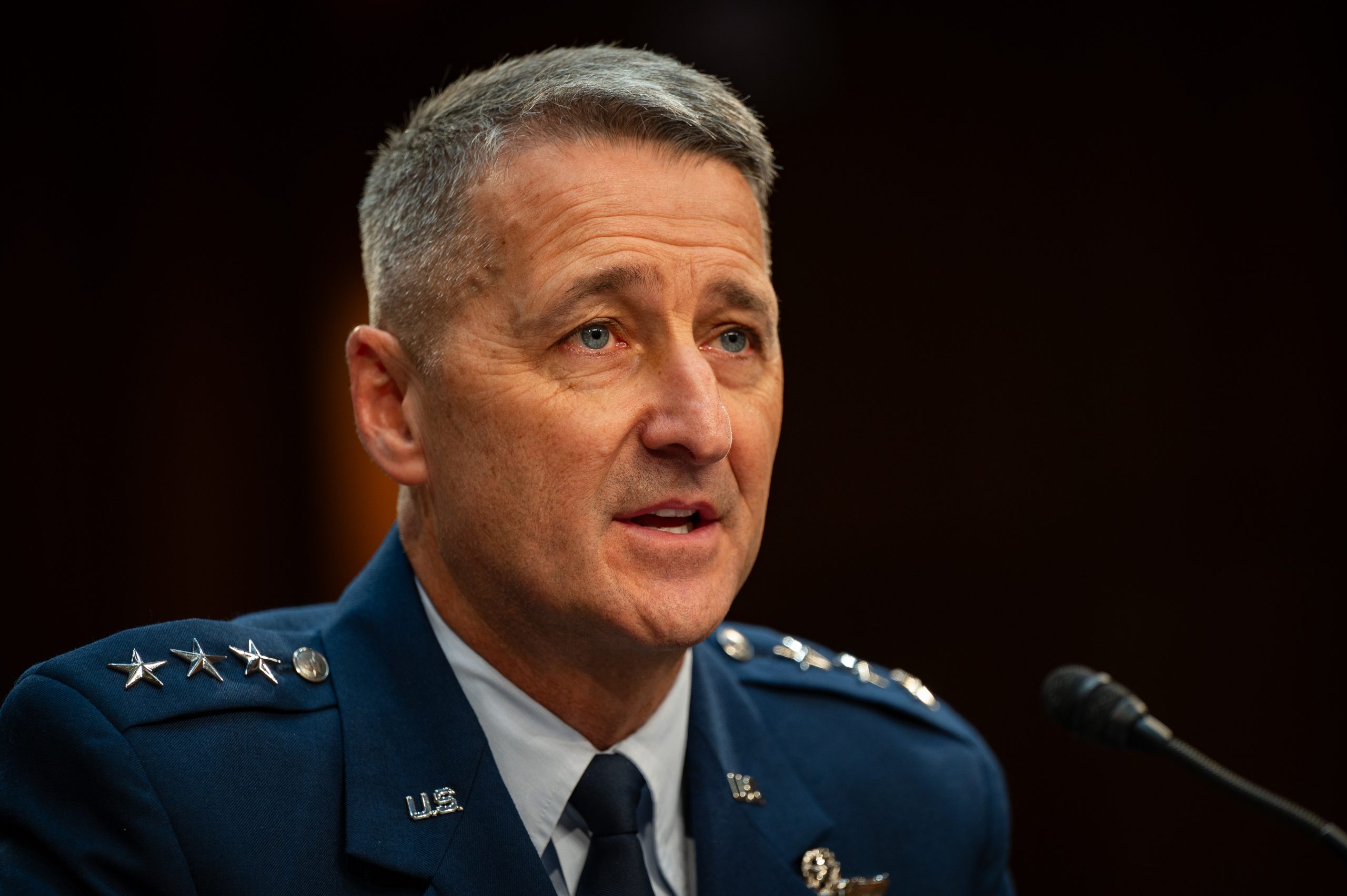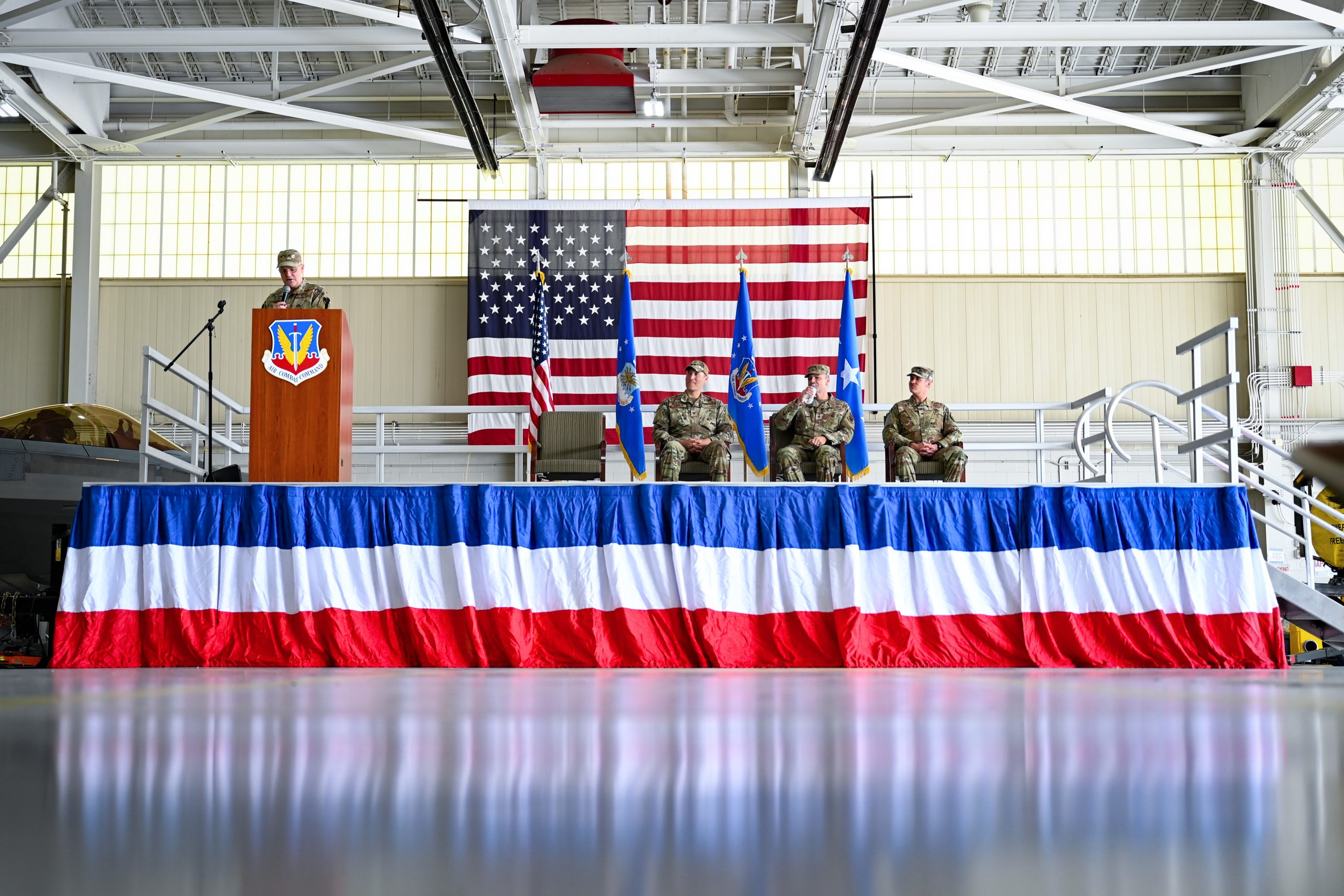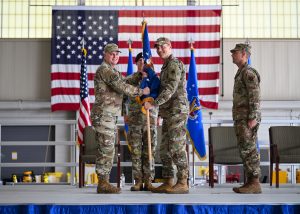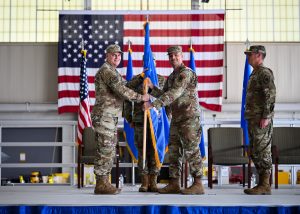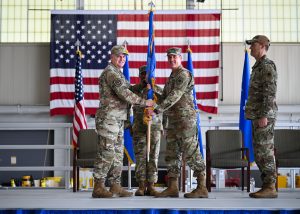About two months after the Pentagon released a congressionally mandated study on military suicide rates broken down by career field, the senator who led the charge for the study is telling Defense Secretary Lloyd J. Austin III that the released data falls short of what was required by the law.
“I am concerned that the Department did not fully comply,” with section 599 of the 2023 National Defense Authorization Act, Sen. Angus King Jr. (I-Maine) wrote to Austin in a Sept. 19 letter that was posted to the unofficial Air Force subreddit Sept. 24. A spokesperson for Sen. King’s office confirmed the letter was authentic.
In response to a query from Air & Space Forces Magazine, a Defense Department spokesperson said, “We continue to work with our partners in Congress on efforts to prevent suicide” and that the Department’s practice “is to respond directly to any requests from members of Congress.”
The Pentagon originally faced a deadline of Dec. 31, 2023 to provide a breakdown of military suicides since 2001 by year, military job code, and status (Active-Duty, Reserve, or National Guard). It further directed DOD to compare per capita suicide rates to the overall suicide rate for each service, the wider military, and to the national suicide rate over the same period of time.
The goal of the study was to better understand specific factors, such as workload, that contribute to military suicide deaths.
“Anecdotally we know [suicide rates are] really bad in certain career fields,” retired Master Sgt. Chris McGhee said in an April interview with Air & Space Forces Magazine. A former F-16 maintainer, McGhee was a key advocate in pushing King’s office to add the measure to the NDAA.
“I consider this to be a starting point to investigate what is going on within those career fields that is driving these suicide rates,” he said in April.
When the study finally came out on July 31, it identified military jobs with the highest rates of suicide, including infantry, explosive ordnance disposal and diving, combat engineers, medical care specialists, and “not elsewhere classified” technical specialists, a catch-all term that includes mortuary affairs, firefighters, and nuclear, biological and chemical warfare specialists.
However, the study fell short of Congress’ mandate in several areas. For one thing, it provided data going back only as far as 2011, rather than 2001 as directed, despite the fact that the Defense Department in 2010 produced an in-depth study of suicide deaths between 2001 and 2009.
A DOD spokesperson told Air & Space Forces Magazine that the Pentagon could not provide the data requested by Congress prior to 2011, because “the Department had not comprehensively tracked collateral information about suicide deaths; as a result, it is not able to correlate deaths from suicide with occupational codes prior to 2011.”
The study also did not break down suicide rate data year-by-year or by each occupational code. For example, the Pentagon lumped all aircraft maintenance fields into one category, “aircraft and aircraft related,” without specifying the precise jobs in the category or the number of deaths in each job specialty.
It also did not distinguish between types of aircraft such as helicopter, fighter, airlift, drones, or other types that vary wildly in terms of operational tempo and spare parts availability. It also aggregated the total for special forces, conventional infantry, and military training instructors, fields that entail many different skills and challenges.
The data also lacks context, said Katherine Kuzminski, Deputy Director of Studies and the Director of the Military, Veterans, and Society Program at the Center for a New American Security.
“If there’s 36 Special Forces deaths by suicide, is that 36 out of 40, or is that 36 out of 10,000?” she said in August. “The way it’s lumped together, it’s difficult to get a sense of what [the data] truly means.”
The Pentagon cited DOD regulations for its decision because of the small numbers in data sets. “Military service component rates will not be calculated when the number of suicides is less than 20,” as it could invite statistical instability, the study read. “Instead, only the number of suicides will be reported.”
That differs from the 2010 study, which did list suicides for each year by service, as well as aggregated rates for all eight years, even when that number was just one person. Not breaking down the data year by year also obscures the potential impact of specific events such as the 2014 Air Force drawdown, where about 20,000 Airmen left the service, McGhee said.
Kuzminski said the study provided “a good starting point that will now help members of Congress and their staff create more specific questions,” but McGhee argued it fell short of the legal requirements.
“The law required certain data, not DOD interpretations and solutions,” he said. “If DOD wanted to provide their own interpretation for context, there is no issue. But to supplant their interpretation as data, in violation of the law is problematic.”
King made a similar argument in his Sept. 19 letter to Austin. The senator said he understood that there are inconsistencies in data sets and challenges with providing reliable suicide rates, but he requested the Pentagon provide:
- disaggregated suicide rates for each occupational code for each year going back to 2001. If there are fewer than 20 service members who died by suicide and a rate would be inconsistent, then provide this caveat; and
- the ‘raw data’ of disaggregated service member suicides (not rates) by year of the number of suicides by each occupational code, including those data sets that are below 20
“If there is incomplete data, then I urge you to include as much information as possible rather than rejecting all data for a given year,” King wrote. “Including the ‘raw data’ with the rates will help to address the challenges you identified with invalid or incorrect conclusions based solely by comparing rates.”
It could be a while before the next steps materialize. The senator asked for a response by Nov. 1 that will “include a decision on whether the Department will provide the data” and a timeframe for redoing the report.
The spokesperson pointed out that the Pentagon, under Austin’s direction, launched the Suicide Prevention and Response Independent Review Committee in 2022, and “is substantially enhancing data efforts to prevent a range of behaviors, including suicide,” through more integrated prevention and evaluation efforts.
Service members and veterans who are in crisis or having thoughts of suicide, and those who know a service member or veteran in crisis, can call the Veterans/Military Crisis Line for confidential support available 24 hours a day, seven days a week, 365 days a year. Call 988 and press 1; text 988; or chat online at VeteransCrisisLine.net/Chat.
